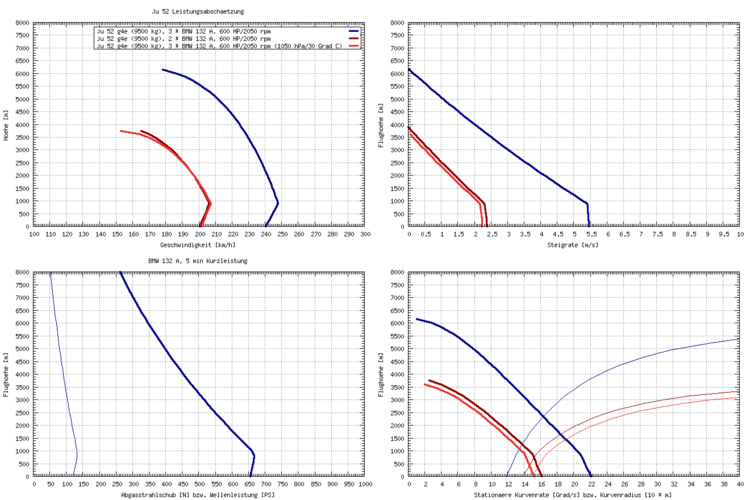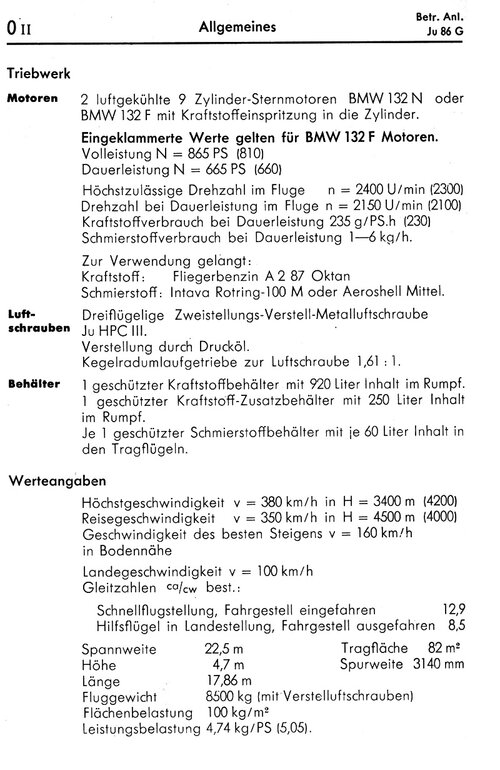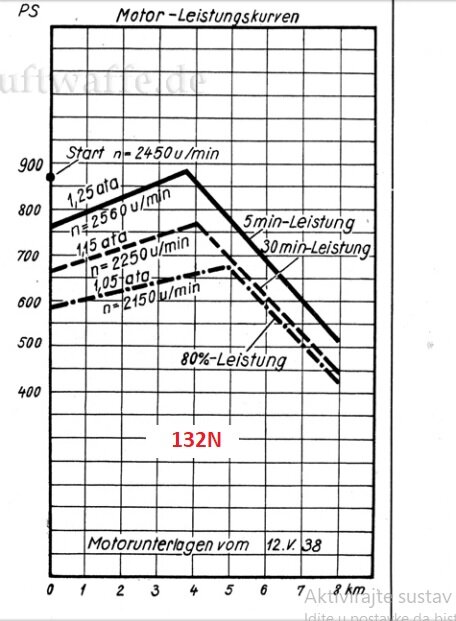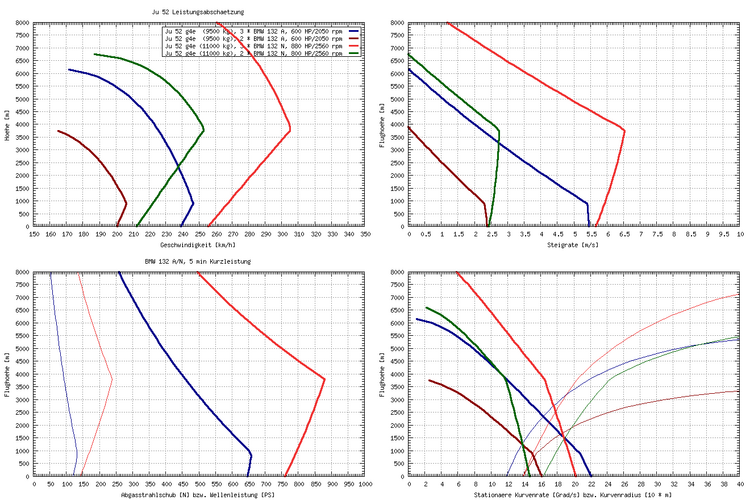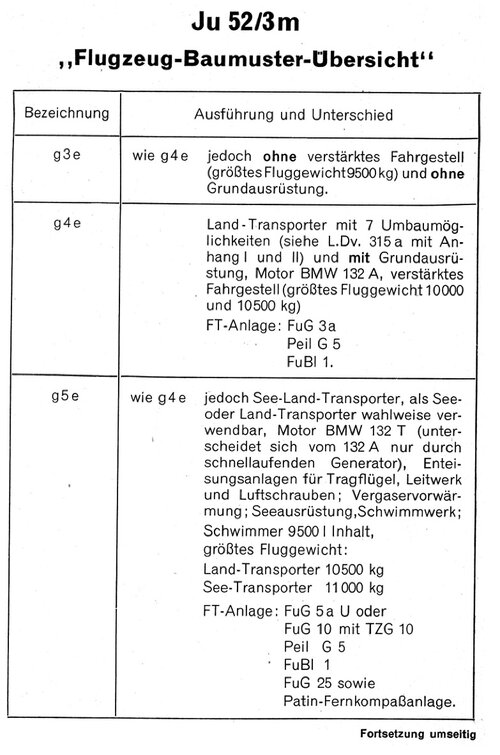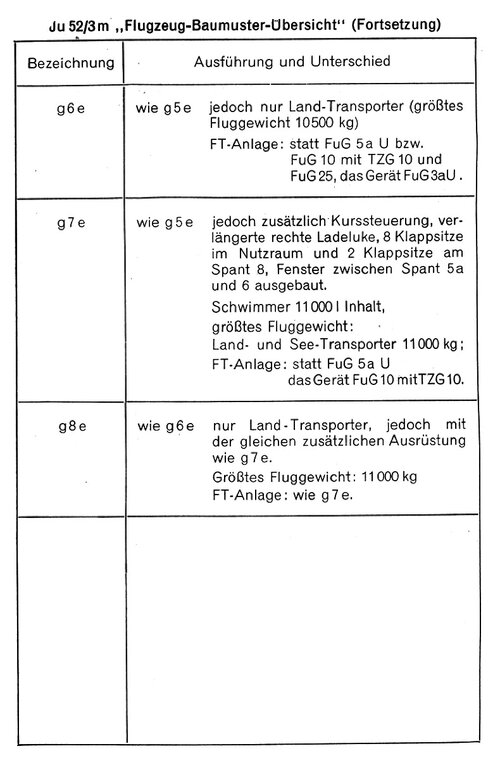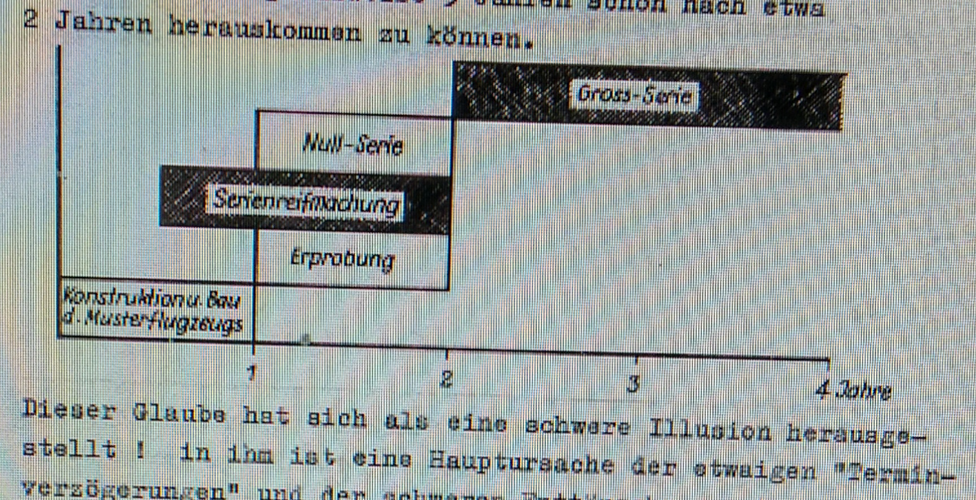Not sure that is a fair assessment. They had very long legs for one. They did fairly well in free ranging fighter sweeps using the right tactics. They were abysmal in the "close escort" which both sides dabbled with and was largely ineffective regardless of aircraft quality, but the 110 was particularly ill-suited for it. The biggest complaint seems to be that it cannot get into a turning fight with Spitfires, but there weren't a lot of aircraft that could.
Long legs was useful over the Med and in the Africa campaign, both for sweeps and as Jabos. Similar work in the east where they frequently tore up trains, airfields, vehicles, etc.
It did fine work as an interceptor for daylight bombing raids until long-range escort became available. It had enough power and reserves to lug the 21cm rockets to break up bomber boxes.
The 210 was a mess. I'm not sure that could have been foreseen given Willy's reputation. 310 wasn't much better. 410 was useful, but how do you get there without working through the disaster that was the 210 program? And maybe the biggest problem with the 210 was that it took the 110 essentially out of production and disrupted the lines, while what was finally produced proved ineffective. They would have been better off just leaving the 110 in production for a time until the 410 was finally developed -- but again, the chicken-egg problem.
Bf 110 was the only long-range fighter worth speaking about until the Zero arrived.
With that said, a drop-tank outfitted Bf 109 covers the areas of interest in 1939-40, especially the best part of France and England. It is easier to make them in good numbers for obvious reasons. Unlike the 110, it can also climb and roll every bit as good as Hurricane or Spitfire if not better. Bf 109 also dived better, is/was a very small fighter, while Bf 110 was easier to see and hit due to it's big size.
Fw 190 was also lugging the 21cm rockets, while again being a far better performer all-around, and again cheaper to make. We can also note that Bf 110/210/410 will use the fuel at twice the rate of what Bf 109 will, or a DB-601/605-powered Fw 190.
Me 410 used almost 2400 of DB 603 engines for its production run of just under 1200 pcs. Those 2400 DB 603s in the nose of Fw 190 woud've make these 190s much better fighters than it was the case in late 1943-early 1944, ie. just in time.
The big issue here is the 252 uses the engines that are in much higher demand for combat aircraft. The 352 is fine, but comes too late to make much of a difference, and is not as capable as the 252.
German military transport aviation, while excellent for the time of late 1930s/early 1940s, was in shambles by mid-1941. Combat losses were very high in the Netherlands and in Crete, while new aircraft were slow to materialize. Why the Ju 52 soldiered too long with three 660-700 HP engines is anyone's guess.
I'd suggest that transports are to be made predominantly from wood and steel, with aluminium alloys used sparingly. A low-high mix: simple, 1-2 engined aircraft (like the An-2 biplane, Bellanca Aircruiser, Noorduyn Norseman; Bristol Bombay, HP Harrow), and capable 3-4 engined A/C.
But, granted, the DC-3/C-47 is such a tempting role model, even if the engines are just 1000 HP types.
Engines are the big bottleneck in Germany.
For this time frame - 1935-40 - probably no.
Eg. DB 601 and Jumo 211 were about as good as Merlin, and much better than what other people are making. Bramo 323 and BMW 132 were as capable as Pegasus and Mercury, respectively. Production of engines in Germany was on the mass scale, helping the LW number about the same number of capable aircraft as France and UK combined by 1939?
How these engines were used was ... less than ideal, though. It was very much feasible to make a long-range fighter that performs around a DB-601 or Jumo 211, so the Bf 110 can be skipped.
The Hs 126, made in more than 900 copies, was 'Germany's Lysander'- too heavy and expensive for a close-range recon, but incapable to carry a bomb load despite the 900 HP engine, so you still nedd to call Ju 87s in. Better slap these engines on Ju 87s, and make another hundred or two of Storchs.
I've already mentioned the Ju 52 with 3 engines, unable to emulate the humble Bombay or Harrow that used two.
But then again, every country made their number of flops (some unusable clunkers amounted in many hundreds), so we might probably look at German purchase decisions in that light.

